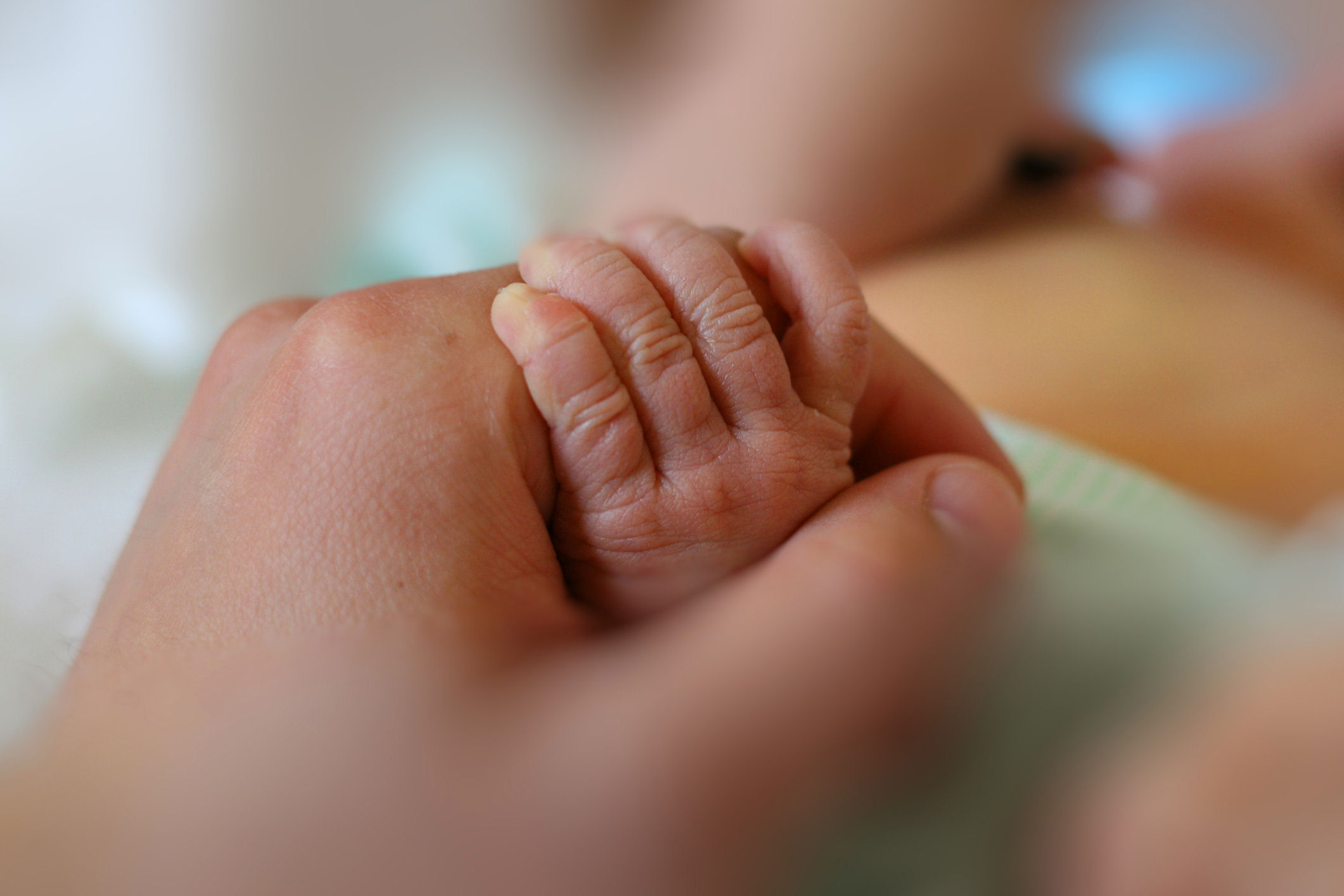In their most recent study, the Substance Abuse and Mental Health Services Administration found that 5.4 percent of pregnant women aged 15 to 44 across the country were current illicit drug users, marking an increase from their last study. This statistic only just begins to paint the picture of the epidemic that is running rampant in the country and leaving no group more vulnerable than the unborn, who are subjected to prenatal exposure to drugs. The uptick in substance abuse has resulted in more children being placed in foster care, some of whom entered the system at the time of their birth.

The nation’s drug epidemic has been steadily increasing since the start of the new millennium. The Center for Disease Control and Prevention (CDC) found that heroin use increased across the country among almost every demographic since 2004, particularly among women whose usage has doubled. While an increase in any demographic is concerning, an increase among women is cause for alarm when considering the innocent victims of prenatal exposure to drugs.
If the mother partakes in a drug, it can transfer from her blood stream to the placenta and be passed on to the future child. Drugs can also impact the fetus by altering the mother’s central nervous system and changing the fetal environment.
Prenatal exposure to drugs, like cocaine and heroin, have been linked to reducing the amount of oxygen that is sent to the fetus, which can result in low birth weight, growth restriction and a smaller circumference of the head. Infants who have been subjected to prenatal exposure to drugs are 3 to 6 times more likely to have a low birth weight. According to the Organization of Teratology Information Specialists, low birth weight infants are 20 times more likely to die within a month than infants with normal birth weights.
Opiates, like heroin, have the ability to pass the placental barrier, which can lead to the fetus developing an addiction while in utero and suffering withdrawal symptoms. If the mother uses a needle, she runs the risk of not only passing her addiction onto the child but also HIV.
Even if the infants do not outwardly display signs of prenatal exposure to drugs, it does not mean they are in the clear. They could be suffering from subtler effects that will not become evident until years later, such as poor motor skills, speech delays and poor social skills.
A new home as a foster child can be hard enough, but it can be even harder for those who were prenatally exposed to drugs and may have developmental issues. They may have trouble bonding with – or separating from – a caretaker and may have issues coping with changes.
Foster and Adoptive Family Services (FAFS) offers licensed resource parents in NJ a free course on prenatal exposure to cocaine and/or heroin to help them understand what the child went through and how to help the child at home.
With infants who were prenatally exposed to drugs, early intervention is key to ensuring the children receive the special attention they need to have healthy and productive lives. Through FAFS’ home correspondence course, “The Innocent Victims: Understanding Prenatal Exposure to Cocaine and/or Heroin”, foster parents will learn about the physical and psychological impact these drugs have on the infant. The course covers how to comfort an infant through the side effects as well as how to help the child with any potential developmental issues that may occur later in life.
Licensed resource parents in NJ can learn more about this course and other courses offered by FAFS by clicking here.
For those outside of NJ interested in learning more about caring for an infant who has been prenatally exposed to drugs, click here.
